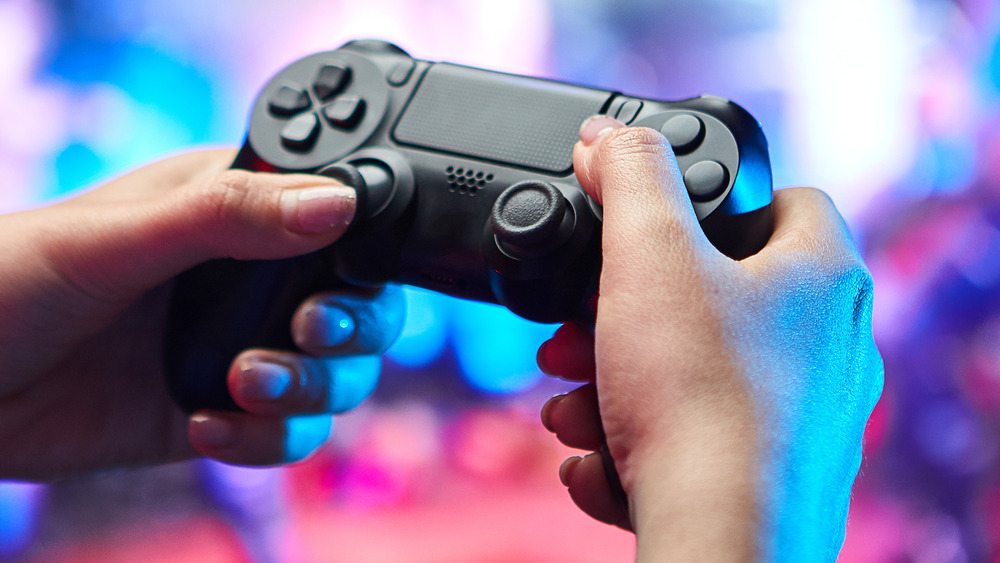The Cause Behind Stick Drift Explained
There's no feeling quite like the sinking one you get when your controller develops a mind of its own. Stick drift, in which a controller's joystick may register an input when the player isn't touching it, has caused players major issues in the past few years. Lawsuits related to stick drift have popped up for the Nintendo Switch, Xbox Series X, and PlayStation 5. IGN recently dug into what can cause stick drift, but before you understand all the details of what can go wrong, it's important to get familiar with how controllers are supposed to work.
Controllers are powered by circuit boards. These are what allow the electric current to flow through the controller on designated paths. Controller buttons cue the current to follow a certain path and therefore produce a certain action. Easy enough, right?
As a matter of fact, Analog sticks are one of the more complex controller mechanisms. They send signals via the potentiometer, home to two tiny wheels responsible for registering analog stick movements. For example, a small nudge will turn the wheel just a bit, while a bigger nudge will turn the wheel all the way, which links to a related onscreen action like character or camera movement. This delicate design offers precision, but unfortunately, it's also susceptible to drift due to its fragility.
What causes stick drift?
There are actually a few different factors that can cause and contribute to stick drift. Some are fixable, and others are up to fate. First of all, something as small as a speck of dust or a crumb could get in the way of the electrical current flowing. Other common stick drift causes include wear and tear as well as manufacturer error.
Though stick drift can happen to any controller, today's latest models seem to be the most susceptible to this problem. According to IGN, PS5, Xbox, and Switch Pro controllers have similar potentiometers. This may not come as a huge surprise, since the PS5's DualSense and the Switch's Joy-Cons both feature haptic feedback tech made by the same company, Immersion.
iFixit (via IGN) estimates the PS5 controller's potentiometer is built to last "just a few hundred hours." IGN theorizes that "clear communication from hardware manufacturers about how long controllers [are] expected to last" could help companies to manage customer expectations, thereby avoiding the kind of disappointment seen with many failed controllers. However, that level of transparency has not exactly been forthcoming.
Potential potentiometer patches
While creating controllers that allow gamers to switch out old potentiometers for new ones could be another solution, it would require a lot of redesign effort and potentially create new problems for players. There are also non-potentiometer options, including magnet-based designs, but these would also take some major ground-up overhauling from manufacturers and designers. That being said, gamers may argue that anything beats drifting into death during a major boss battle.
One controller particularly notorious for stick drift is the Nintendo Switch Joy-Con. The Joy-Con features a flat potentiometer right below the stick, whereas other modern controllers have a vertical one that's less susceptible to damaging particles. Out of all the things Nintendo wishes you would forget about its consoles, this serious drift problem may be the worst.
Though none of these solutions are in the works now, understanding what could change in the future and why stick drift happens in the first place is important to understanding your favorite (or least-favorite) controller.



